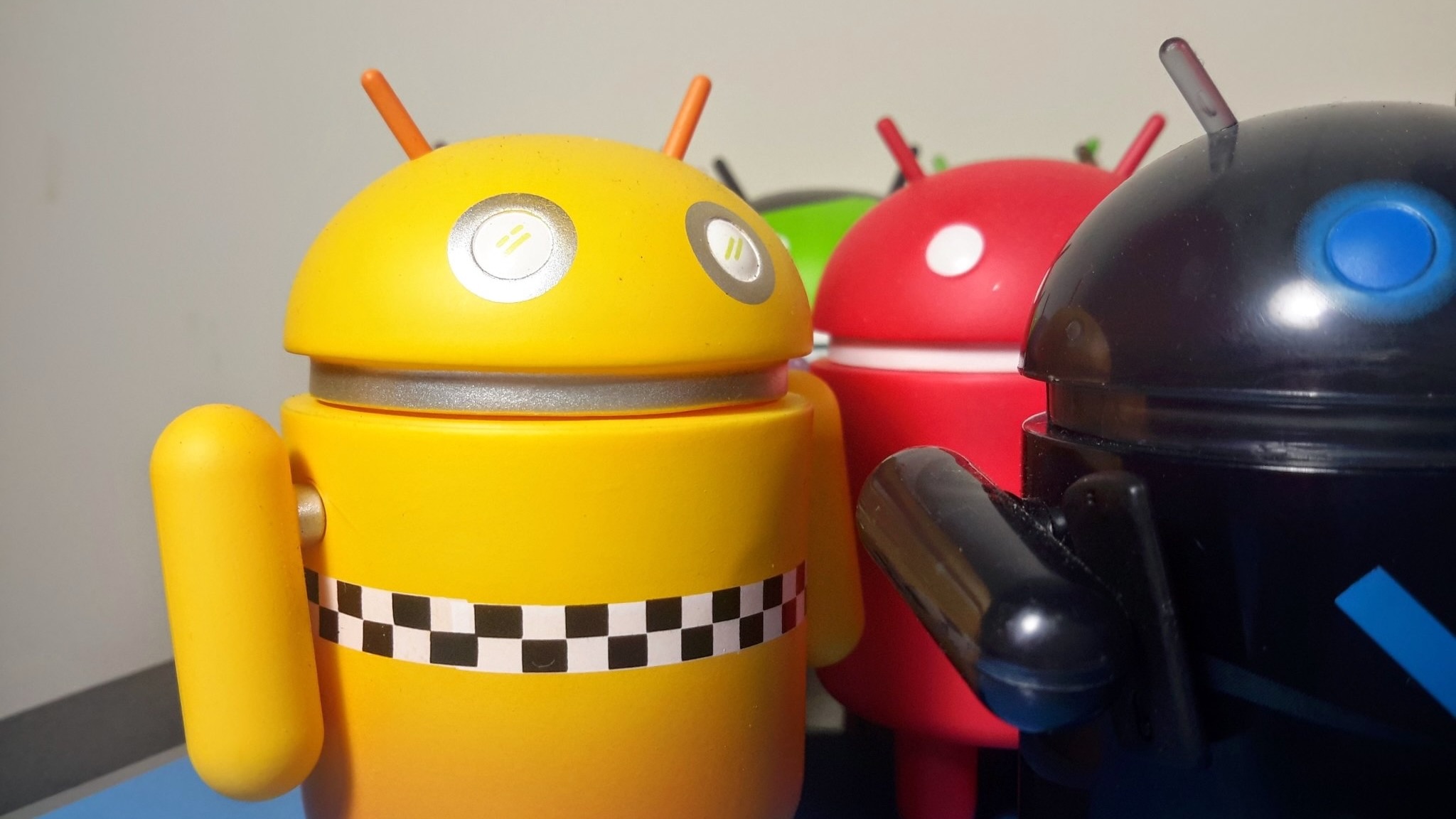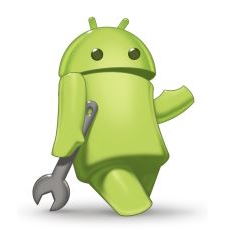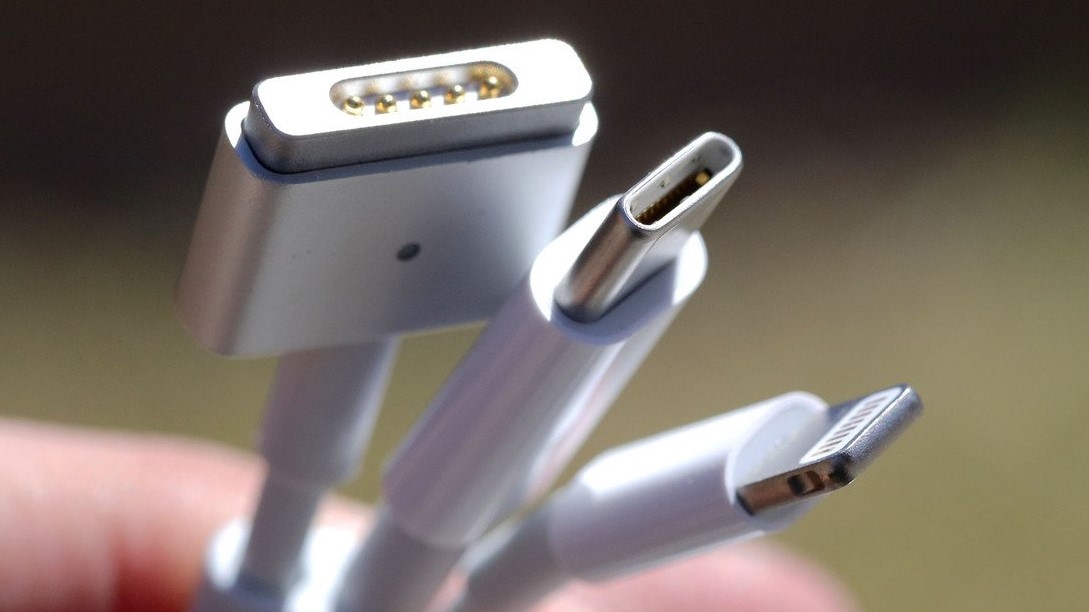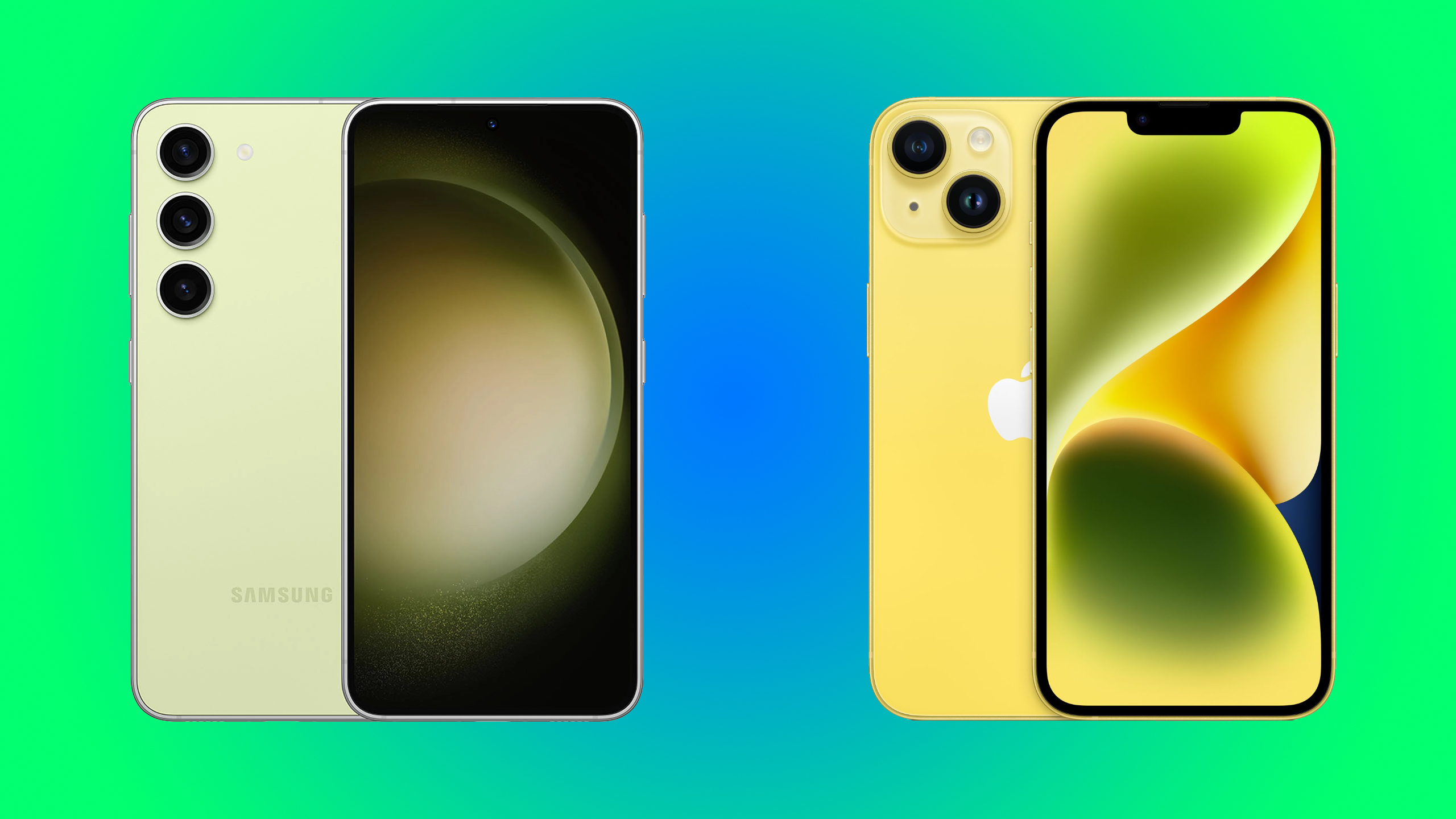USB-C on the iPhone 15 might not be what you think
And that's not necessarily a bad thing.

It's the time of year when we get to see a new iPhone. Some folks can't wait to learn more about it, while others don't care, but it's important because of the hold Apple has over the North American mobile phone industry, so we're going to talk about it.
What is really cool this year is that we're expecting to see an iPhone that uses USB-C for charging. This is because the E.U. has mandated that new phones and other gadgets that charge via USB need to have one. Even Apple will comply because the alternative is to not sell phones in a big ole chunk of the world.
This is a good thing all around. Mostly. As the E.U. parliament members are quick to point out, it will directly affect the amount of e-waste and plastic crap choking the landfills of the world. The less junk we need to buy means the less junk we throw away.
"The common charger will finally become a reality in Europe. We have waited more than ten years for these rules, but we can finally leave the current plethora of chargers in the past. This future-proof law allows for the development of innovative charging solutions in the future, and it will benefit everyone - from frustrated consumers to our vulnerable environment." — Alex Agius Saliba, E.U. Parliament Vice Chair.

One of the web's longest-running tech columns, Android & Chill is your Saturday discussion of Android, Google, and all things tech.
On the other hand, mandates of this sort can stifle innovation, like the kind of innovation that brought us Apple's Lightning Port. Inventing stuff that's new and works better is important, especially when it comes to charging tech. Tgat said, this is mostly a good thing.
Still, this probably doesn't mean what you think it means, and a USB-C-equipped iPhone is still going to be as Appley as ever.
This mandate only applies to charging. As we all know a USB-C cable is capable of a lot more than just charging, and those bits are how Apple can "customize" USB-C to its liking. And that's also not necessarily a bad thing.
Get the latest news from Android Central, your trusted companion in the world of Android

The diagram above is directly from the USB-C specifications. Each square corresponds to one of the copper connections inside a USB-C port and a USB-C cable has the same layout, so they all match. It has some abbreviations for each connection pin, and it's important to know what they are. It's also cool how they are mirrored, which lets you plug stuff in either way.
- D+ and D- are USB 2.0 data connections.
- TX (1 and 2) and RX (1 and 2) are USB 3.2 or USB 4 data connections.
- VBUS and GND are for USB power.
- CC1 and CC2 are configuration channel connections.
- SBU1 and SBU2 are Sideband use connection points.
Only some of these pins are used for charging — VBUS and GND. They are the points where power flows in and out between a phone and a charger. The CC1 and CC2 pins are important because they allow for communication between devices, so things like fast charging can work.
All of the other connections are where USB-C can do the cool things it does. They allow all sorts of data connection for things like copying files to your laptop, video over USB, and letting headphones play analog and digital audio.
The E.U. doesn't say how this has to be done, so Apple is free to do its own thing here, just like Google or Samsung is. And it probably will — just like Google and Samsung do.
I hate that I can't plug my Pixel phone into a USB-C monitor and mirror the display. Some Android phones do it, but not the Pixel. I also hate that Samsung doesn't support all of the USB audio specifications, while Motorola does. Things are this way because nobody is forcing all devices with a USB-C port to do all the things or do them in the same ways.
Apple probably will use this to its advantage in its own special Apple way.
One of the things people love about the iPhone is that anything with the right plug will work just like you expect it to work when it's plugged into the phone. Like it or not, Apple put a lot of work into the Lightning interface to make sure things happen this way.
Apple can do the same thing with USB-C because of the data connections and the Sideband Use connections. These work together to do things like DisplayPort or MHL for video, Audio Adapter Accessory Mode for analog passthrough, Thunderbolt, HDMI including audio and HDR, and more.
None of these pins or features have to be used, which is why companies like Google and Samsung make phones that can't do everything USB-C is capable of doing. There is also nothing stopping very smart people from figuring out new ways to use USB-C's high-speed data transfer capabilities to do something new and cool — or new and uncool.
An example is almost required here. Let's say I make a really cool IR camera that connects to a phone's USB-C port like the one Flir makes. I'll probably support USB standards, so my camera works on as many devices with a USB-C port as possible, including most of the best Android phones.

Let's say Apple writes software that uses the sideband connection to look for a specific component in my camera before it works. Well, I would build my camera with that component integrated because I want it to work with the iPhone, too.
Now let's say there is an Apple certification program for accessories that use USB-C. To get certified, you need to build things a certain way and flash some firmware to your product that Apple provides in order for it to work with the iPhone. Don't laugh because Apple has totally done things just like this.
That firmware could make sure my device only works with the iPhone. It also makes it work exceptionally well with the iPhone. What do I do now?

Regardless of my decision, this is why being able to use all the extra pins in a USB-C connection while having things be configured in a proprietary way is both a good and bad thing. The IR camera I'm selling will work great with an iPhone, but only with an iPhone, so I need to build two different versions of it.
My colleague Andrew Myrick gave me some more to chew on here — what if Apple makes sure that Thunderbolt connections only work on the iPhone Pro Max? That sounds like the Apple we all know.
In any case, don't expect a world where everything you can plug into a phone works with every phone because that's not going to happen.
We'll know more details about it all soon when Tim Cook holds up a new iPhone and tells us how much better it is than last year's old iPhone. Don't get hung up on the USB-C part of it, though. No matter how it plays out, I think Apple is still going to be Apple, for better or worse.

Jerry is an amateur woodworker and struggling shade tree mechanic. There's nothing he can't take apart, but many things he can't reassemble. You'll find him writing and speaking his loud opinion on Android Central and occasionally on Threads.

